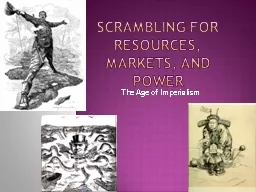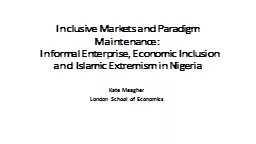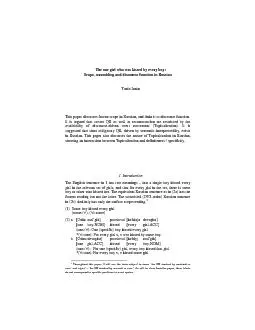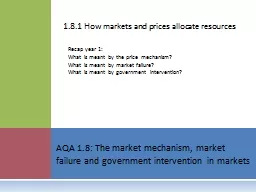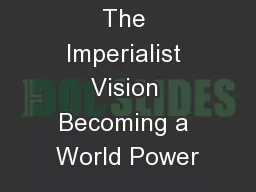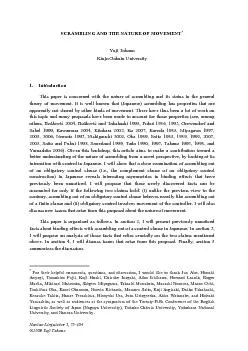PPT-Scrambling for Resources, Markets, and Power
Author : tatyana-admore | Published Date : 2016-07-09
The Age of Imperialism One of the most astounding political facts of the nineteenth century is that whereas in 1815 the nations of the west Europe and America
Presentation Embed Code
Download Presentation
Download Presentation The PPT/PDF document "Scrambling for Resources, Markets, and P..." is the property of its rightful owner. Permission is granted to download and print the materials on this website for personal, non-commercial use only, and to display it on your personal computer provided you do not modify the materials and that you retain all copyright notices contained in the materials. By downloading content from our website, you accept the terms of this agreement.
Scrambling for Resources, Markets, and Power: Transcript
Download Rules Of Document
"Scrambling for Resources, Markets, and Power"The content belongs to its owner. You may download and print it for personal use, without modification, and keep all copyright notices. By downloading, you agree to these terms.
Related Documents

